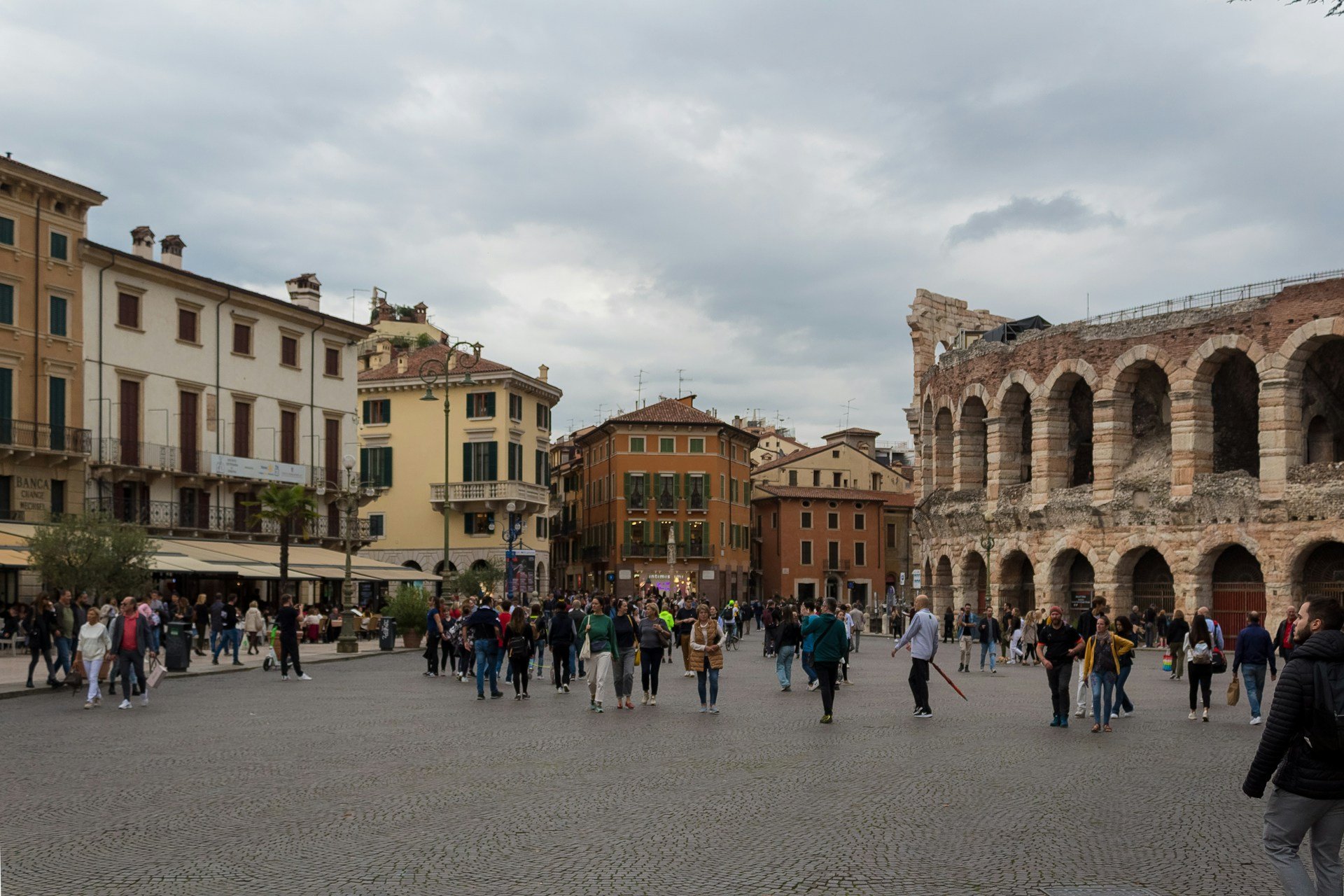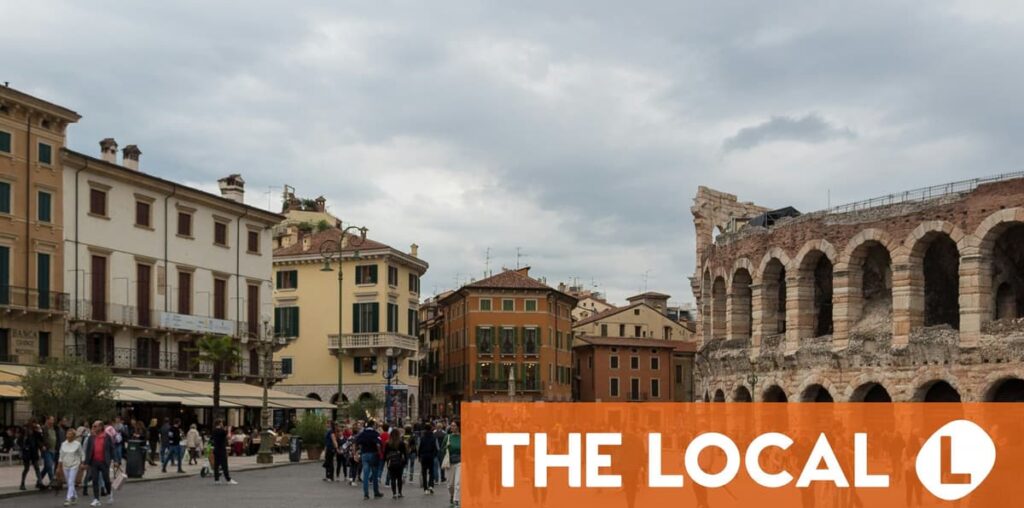
Here at The Local we’re an international team living in Italy – which means we’ve either grown up navigating Italian bureaucracy or been through the simultaneously exciting and nerve-wracking process of moving countries. You can sign up to receive our special Moving to Italy newsletter in your inbox before we publish. Just use the sign up box below or go to your newsletter options.
Can you move to Italy without any Italian?
With warm weather, unique natural landscapes and famous cultural and culinary heritage, Italy is a dream destination for many foreigners.
But, as attractive as life in the country may be, Italy is also a very complex place to navigate for international residents, not least because it’s one of the worst-ranking European countries when it comes to English proficiency, and information regarding key bureaucratic matters and public services is often only available in Italian.
We recently asked readers of The Local to share their views on whether this meant that it was impossible to live in Italy without knowing at least some Italian. Here’s what they told us.
What work visas can you apply for to move to Italy?
If you’re planning to move to Italy as a non-EU national, applying for a visa will be the very first thing you’ll have to deal with in your preparations.
But obtaining an Italian visto can be far from straightforward, especially if you’re looking to work in the country.
Italy is known for its labour market protectionism, intended to safeguard as many jobs as possible for Italian workers, and the majority of work visas are issued under a stringent quota-based system known as decreto flussi (flows decree).
But, while getting an Italian work visa is generally a complex process, that doesn’t mean they’re impossible to get.
We rounded up the main visa options and gave an overview of the relevant requirements in a handy guide.
Advertisement
‘Affitto con riscatto’: How does Italy’s rent-to-buy option work?
Though securing a visa will be at the top of the checklist if you don’t have citizenship of a country covered by EU freedom of movement rules, there are several other things that you should consider before moving to Italy, including housing options.
Choosing between buying and renting a property is a notoriously difficult decision to make as both routes have significant benefits and drawbacks.
But there’s a little-known scheme in Italy that allows you to do both at the same time.
First introduced in 2014, the rent-to-buy (affitto con riscatto) option is something of a hybrid between renting and buying.
It essentially allows you to rent a property for a set period of time, while also making monthly payments towards a potential purchase at the end of the rental agreement.
We explained the ins and outs of the scheme and weighed up the main pros and cons here.
Advertisement
Questions
The Local’s Reader Questions section covers questions our members have asked us and is a treasure trove of useful info on all kinds of practical matters.
If you can’t find the answer you’re looking for, head here to leave us your questions.

